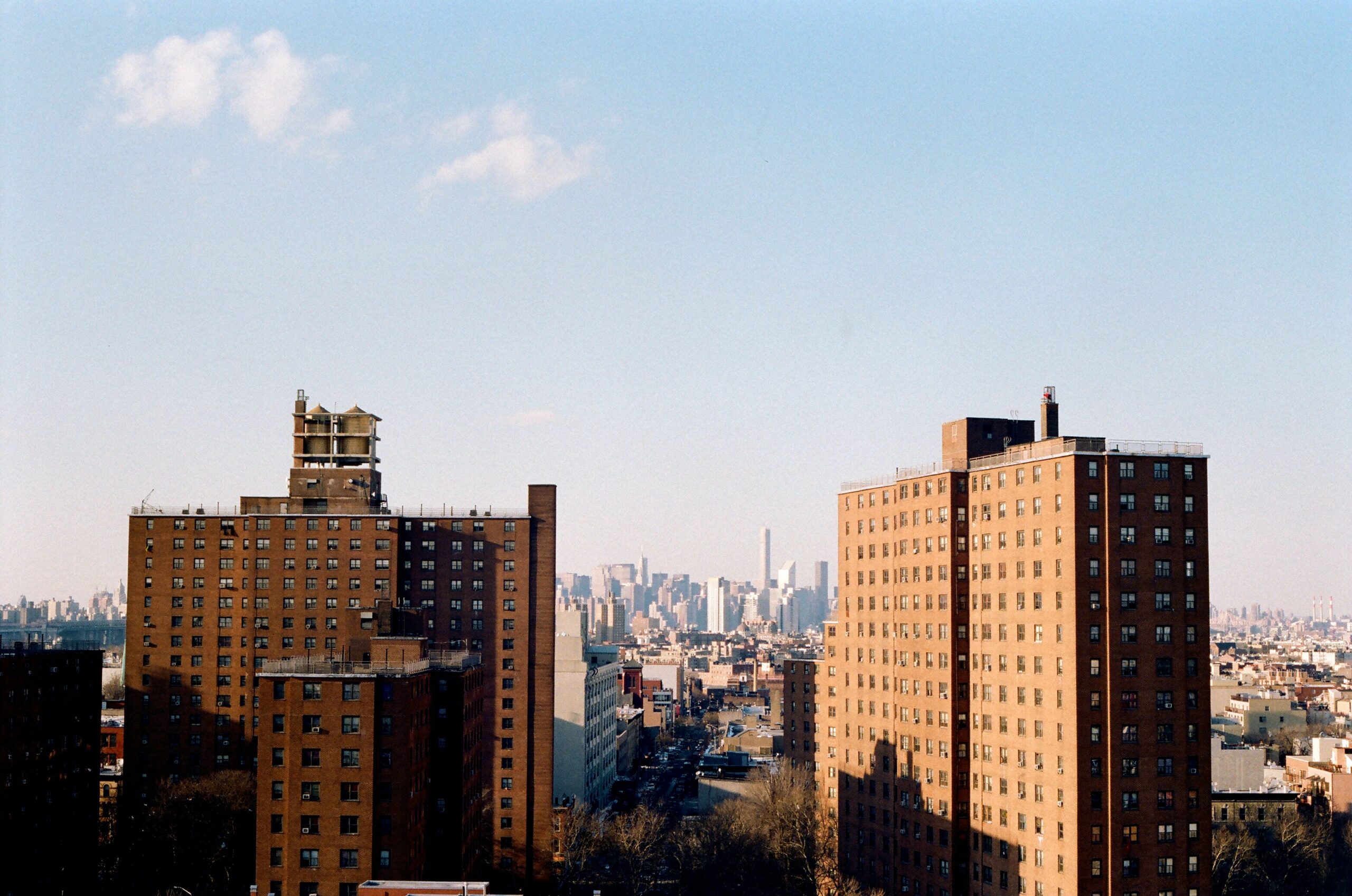If you’re at all familiar with the New York City rental market, you’ve probably heard the term rent stabilization thrown around. For renters, scoring a rent-stabilized apartment is the *ultimate dream* as prices throughout the five boroughs skyrocket. For property owners and managers, it’s just another regulation to be on top of. Unlike rent control, rent-stabilized apartments take up a significant portion of the market, with approximately 44% of units being classified as such.
But what does rent stabilization actually mean, how does it differ from rent control, and what are the things you need to know if you manage property that falls in this category?
What Is Rent Stabilization?
In New York City, rent stabilization refers to a type of rent regulation that protects residents from sudden increases in rent prices, as well as entitles them to lease renewals (unless they are in violation of it). This means that in units under this regulation, landlords and property managers can only increase rent prices by a percentage set annually by the NYC Rent Guidelines Board. Rent Stabilization affects any building with six or more units constructed before 1974.
Is It the Same as Rent Control?
With similar names, it’s easy to understand why one might assume rent control and rent stabilization are the same – but no, they aren’t. Rent control is essentially the “older relative” of rent stabilization, and it’s slowly being phased out as rent stabilization takes over. Rent control applies to any unit built before 1947, that has a resident that’s occupied it nonstop since 1971 (yes, you read that right). With such strict guidelines, it’s no wonder that only about 1% of NYC apartments are rent-controlled. Plus, it’s virtually impossible to secure a rent-controlled apartment without inheriting it. Once a rent-controlled unit apartment is vacated, it automatically becomes a rent-stabilized unit.
What Do I Need to Know as a Property Manager?
We covered that any building in NYC with six or more units built before 1974 is subject to rent stabilization. But does this regulation apply to anyone else? Well, it can if you’re after tax breaks. Landlords or property managers can turn new units (those built after 1974) into rent-stabilized units in return for certain tax exemptions. This incentive was put forth by the city in an effort to make affordable housing more widespread.
As mentioned earlier, residents in rent-stabilized units are entitled to lease renewals unless in violation of their lease. Any leases drafted for rent-stabilized apartments require a rent-stabilization rider to insure your residents know their rights as a tenant of a regulated unit. Check out how ManageGo’s modern leasing software makes this extra step a breeze with our NYC Rent-Stabilized Lease Renewal Template!
Just like any other regulation, rent stabilization is a complex issue, so be sure to visit the NYC Rent Guidelines Board if you operate any rent-stabilized units to get the most up-to-date information on your rights and responsibilities.
No matter your business goals, ManageGo has your back. To discover just how our software solutions can benefit you and your unique property management needs, request a demo today. Or, connect directly with one of our experts and get started on your journey to better property management. Plus, subscribe to our weekly newsletter to explore the industry, get the latest company news, and be the first to know about special announcements!
Want even more? Get your fix and follow our socials for all the latest property management tips, tricks, & trends!
